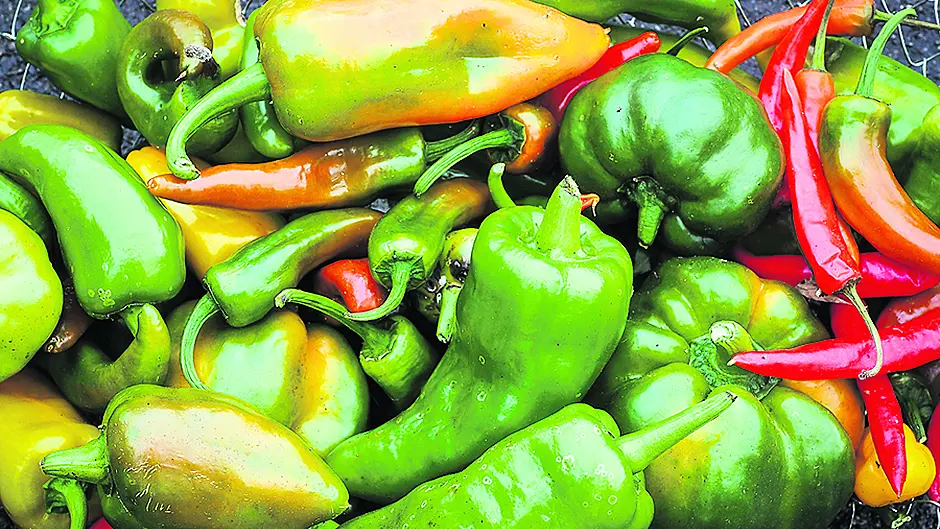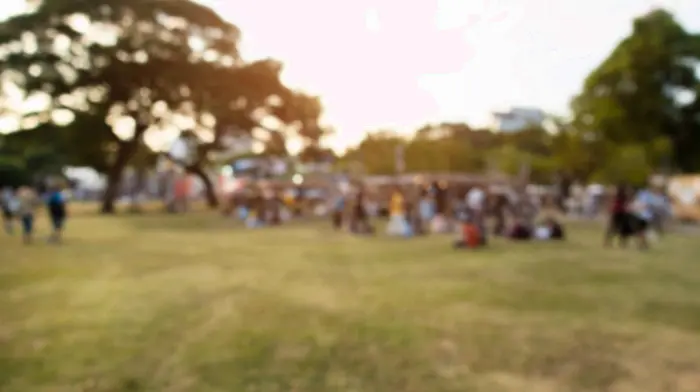The days are short and it can be tempting to stay indoors rather than heading out to the garden. There isn't a lot to do and maybe you do need the rest from chores, but it is always worth taking a walk around on a fine day
Gardening with Joyce Russell
THE days are short and it can be tempting to stay indoors rather than heading out to the garden. There isn’t a lot to do and maybe you do need the rest from chores, but it is always worth taking a walk around on a fine day.
Do this regularly so you spot any problems. Maybe a branch has blown down or a gate is loose on the hinges. Maybe something needs picking or something else needs pruning. Maybe it’s just nice to count the number of flowers that are still managing to make a moment of colour in the border. Whatever your reason, you lose nothing and can gain much by taking a stroll around the garden.
Blueberry bushes
Blueberry stems can provide wonderful splashes of colour in the winter garden. The bushes are deciduous, which means that they lose their leaves in the winter, but some bushes seem to hang onto leaves for a long time to provide a dramatic mix of red, gold and orange.
In a mild winter you may even get bushes starting to grow new leaves and flower buds before all of the old leaves are fallen.
You can plant blueberry bushes now. They may not fruit well for three years or so – in the meantime you can enjoy the colour display (see photo far right) while you wait for the bushes to grow enough to crop abundantly.
Cauliflowers
Winter cauliflowers aren’t hard to grow, but they do have a long sowing to harvesting time. An April or May sowing can produce some fine white heads for November and December.
The main problem is that all plants from one sowing come ready to eat at around the same time.
There may be a two to three week period before the heads spoil so the important thing is not to grow more than you can eat or give away. It’s better to grow six plants that you will use, than twenty that will mostly end up on the compost heap.
Check plants as soon as you see a curl of leaves at the heart. The small white head starts to form under these and as it grows and expands the leaves are pushed apart. Bend larger leaves over, or use cardboard or paper, to cover the head if you want it to remain white. The curds turn brown with exposure to light.
Cut through the stem to harvest a clean head with a few small light green leaves. Stand the whole head in a bowl of cold water and remove any small pests that may emerge. This doesn’t take long and you are left with a clean and lovely home-grown cauliflower to cook for dinner.
In the polytunnel
Most of the summer crops are gone at this stage and the tunnel should be full of winter crops. There could be plenty of spinach, chard, lettuce and salad greens as well as some sprouts, kale and broccoli perhaps. These last three perform really well outdoors even in a cold winter, but you can always get some earlier pickings and extend the harvesting season by growing one or two plants under cover. These do very well, and can produce unblemished crops in a protected environment.
Pepper plants can continue to crop until some really hard frosts kill them off. Plants have done well considering we didn’t get the best summer and they have fruited over a long period. Peppers are slow to ripen at this time of year so pick what fruits remain and enjoy the difference in taste between ripe fruits and green ones. Clear plants to the compost heap and replant with spinach beet or salad – these will provide pickings next spring.
Protect containers
Check that any ceramic containers are frost proof and bring them indoors if they aren’t. Many will say so on the base or you may have noted this down when you bought them.
Glazed pots tend to fare better than unglazed ones. Water swells when it freezes and can crack a pot in the process.
Wrap any plant that might suffer if we get persistent freezing temperatures. A double layer of horticultural fleece round the pot and plant will usually suffice.
Taps and pipes
These can suffer in cold weather too. Freezing water can burst pipes, break taps and cause floods when everything thaws out again.
Empty hose reels and put them away in a shed for the winter. Wrap taps in bubble wrap and use tape to hold this in place – this can be enough to keep them intact.
Plant now
You can still plant garlic up until the shortest day of the year. Plant fruit trees and bushes if conditions permit. Support young trees with strong stakes and ties so they don’t rock in the wind.
Avoid planting anything into frozen or very wet soil.






